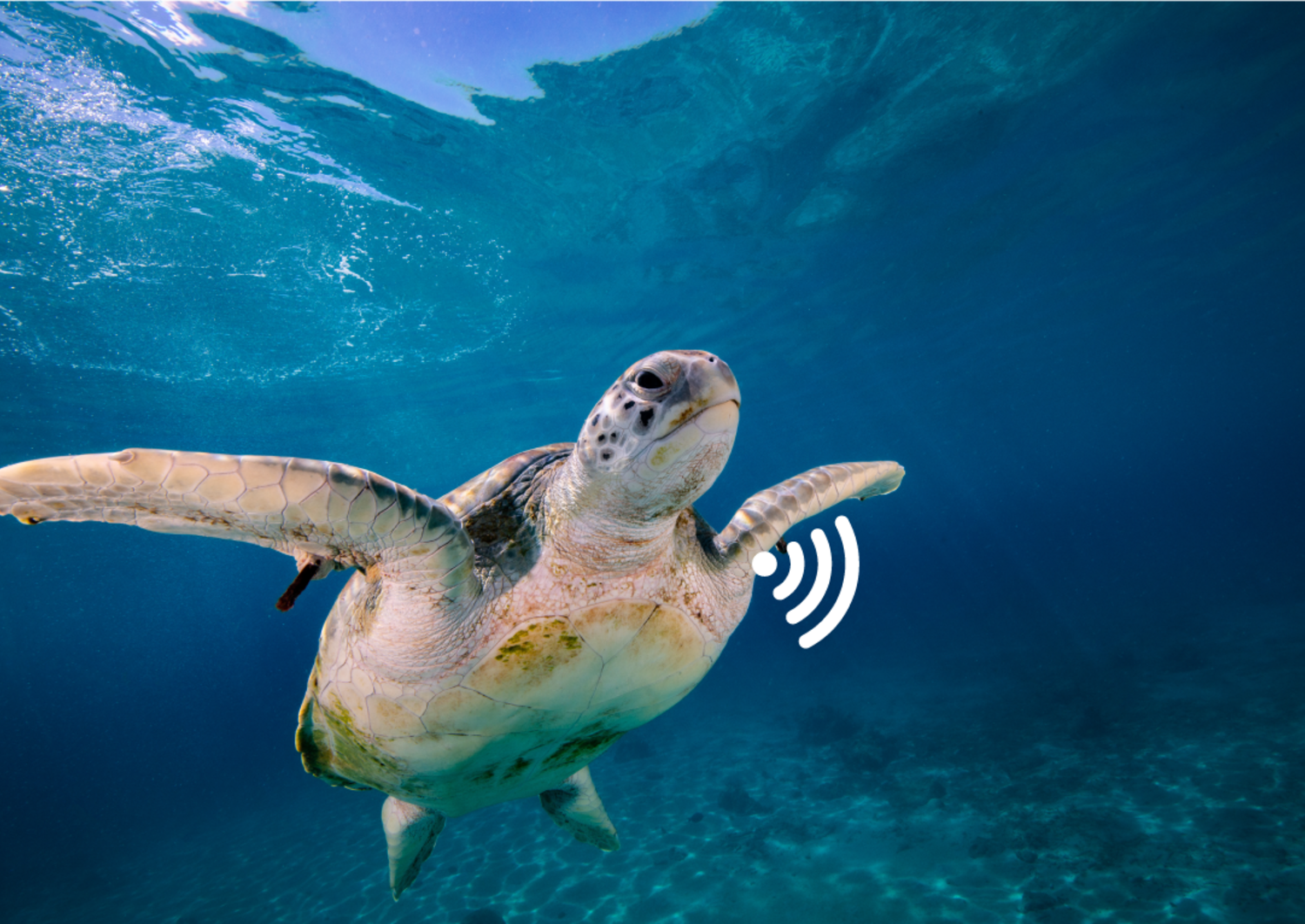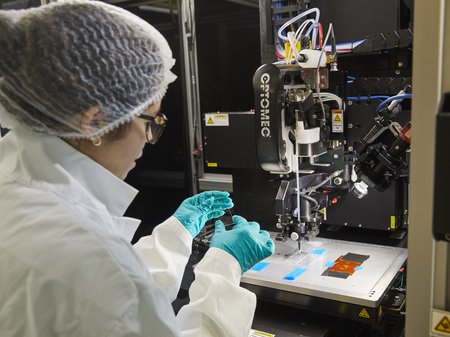A group of researchers from renowned institutes, including MIT, UCLA, KAUST and UC Berkeley, published a paper on "Wearable sensors for monitoring marine environments and their inhabitants" in the high-ranking journal Nature Biotechnology together with Dr. Jürgen Kosel, Head of the Sensor Applications research group. The paper highlights existing opportunities, challenges and recent developments of sensors that can measure the health of our oceans and their inhabitants.
The marine ecosystem is not only complex and populated by many organisms, but also an important habitat for sustaining humans. All living things originally arose from the sea and the state of the oceans determines, among other things, the world's climate. For some time now, this important habitat has been under increasing threat. With the help of intelligent sensors attached directly to marine animals, it is possible to monitor the marine environment and its creatures. This would be another important contribution to the promotion of a sustainable blue economy, where environmental protection and economy go hand in hand.
Wearables for sea turtles, whales & co.
The publication covered the latest developments and methods for measuring the state of the ocean using wearables. The term wearables describes sensors that can be worn directly on the body and thus provide data in real time. If marine animals were equipped with wearables, it would not only be possible to record the marine environment, but also to gain insights into the animals' condition and behavior. These insights could be instrumental in gaining a better understanding of animal-human interactions. Inthe publication, the researchers point out further possible scenarios and strategies for the protection and conservation of our oceans and its creatures.
Dr. Jürgen Kosel of SAL on the technological challenges: "The biggest challenge lies in the complex environmental conditions that prevail in the oceans. This environment is characterized by high salinity, underwater pressure and biofilm formation, which make it hard to use conventional electronics. In addition, wireless transmission is extremely limited because radio waves cannot be transmitted underwater. Once a solution has been found for all these things, it must also be "portable" and not restrict living creatures. Considering that baby turtles, for example, weigh only 20 grams, we need extremely innovative approaches."









